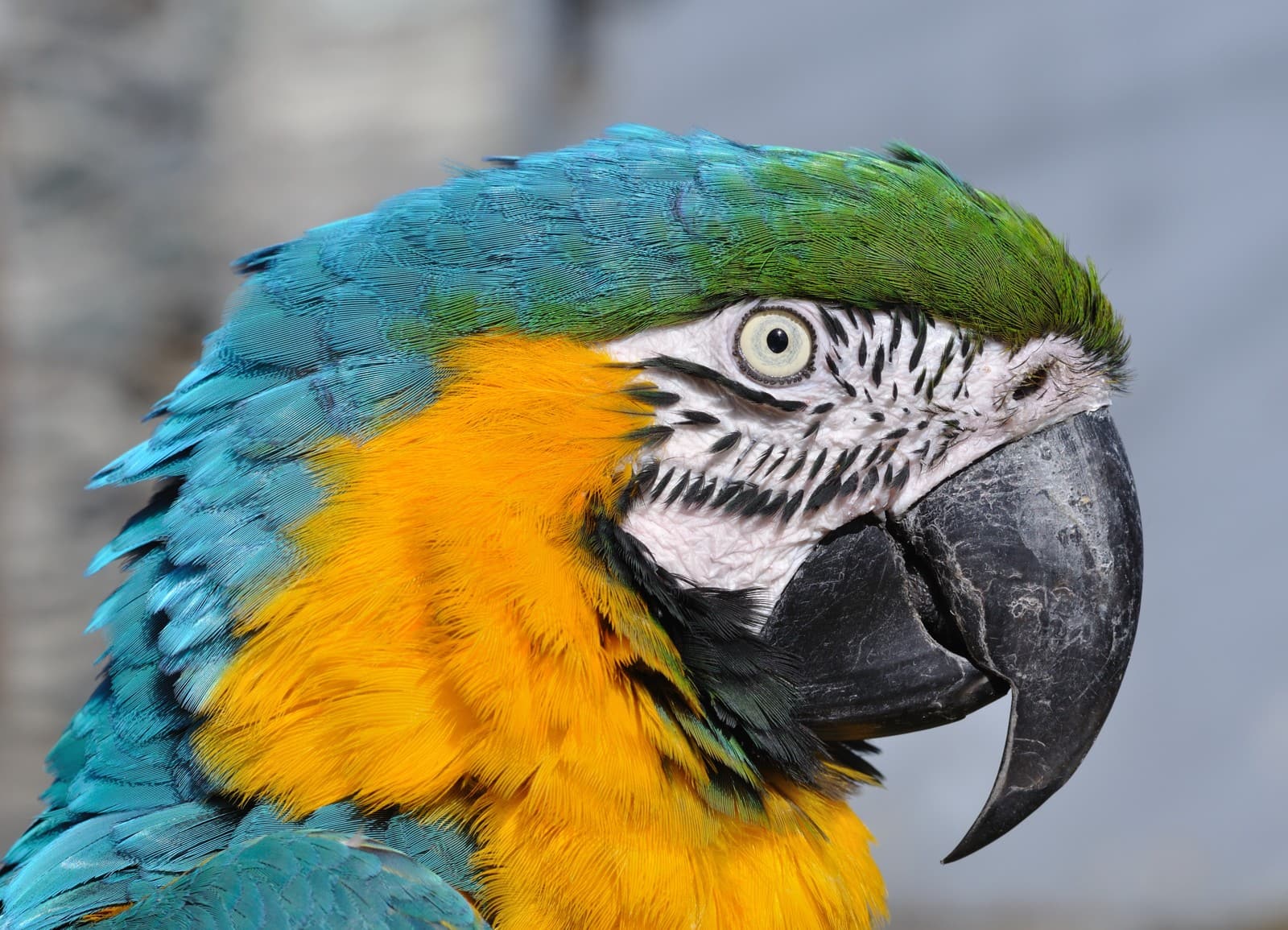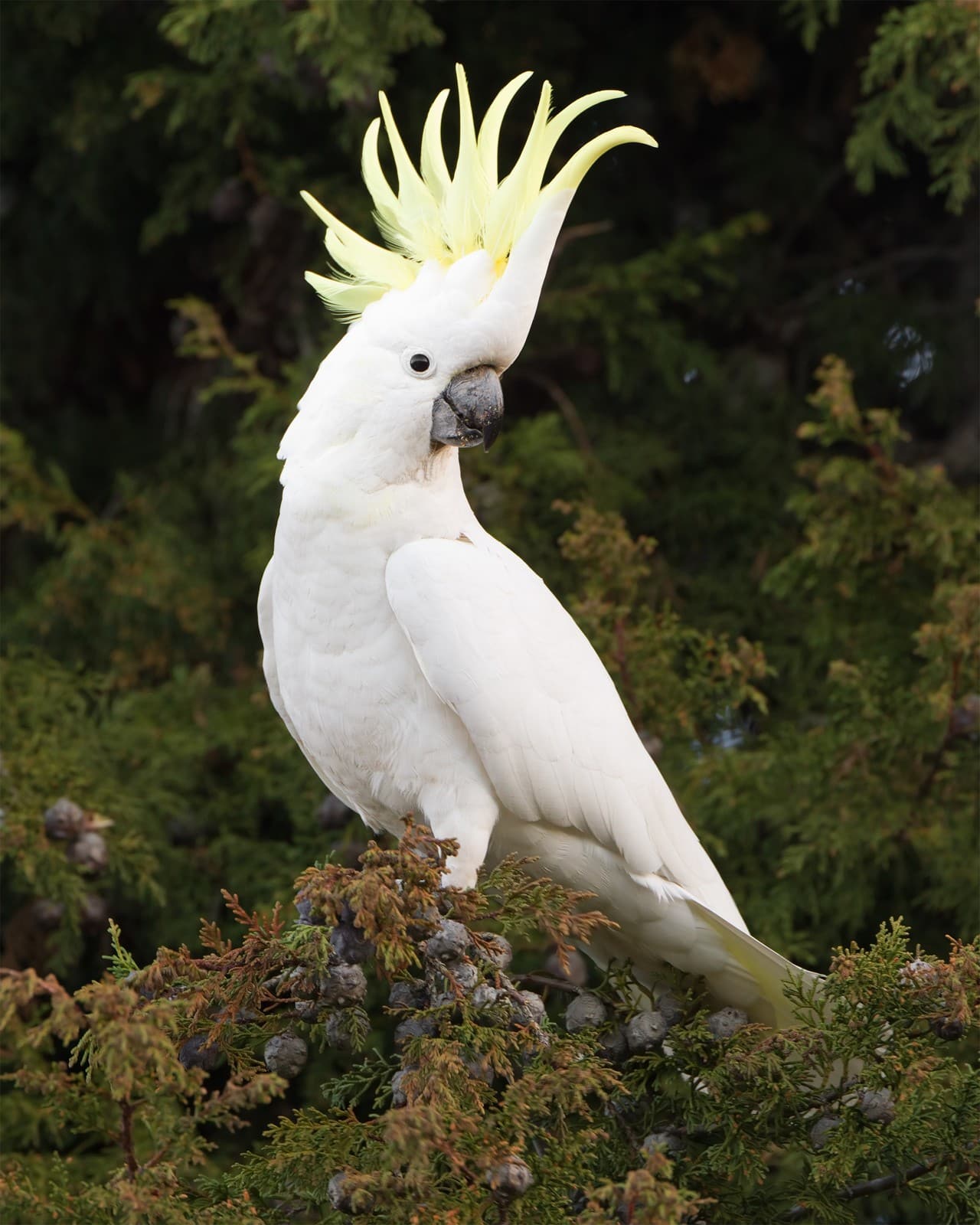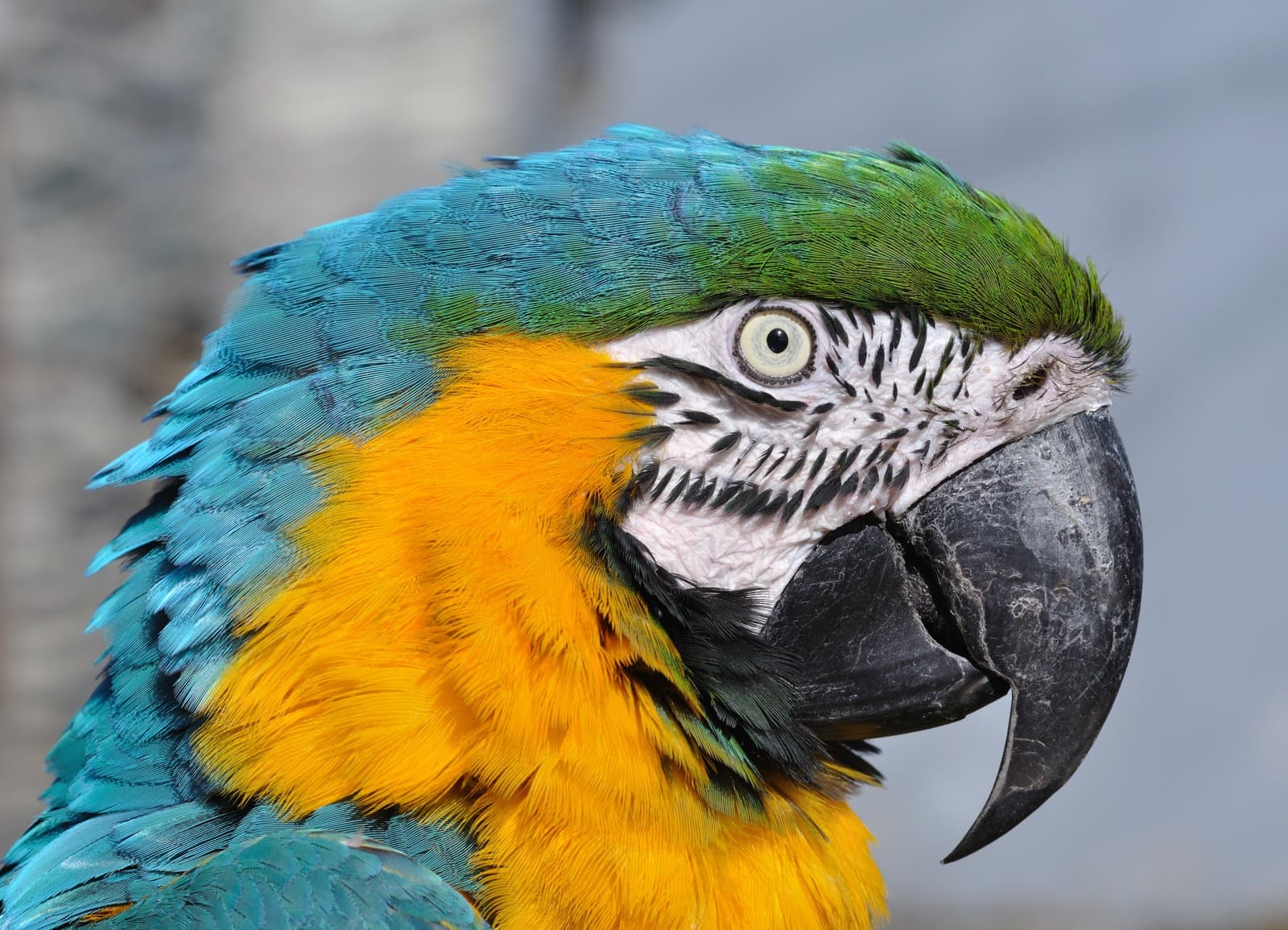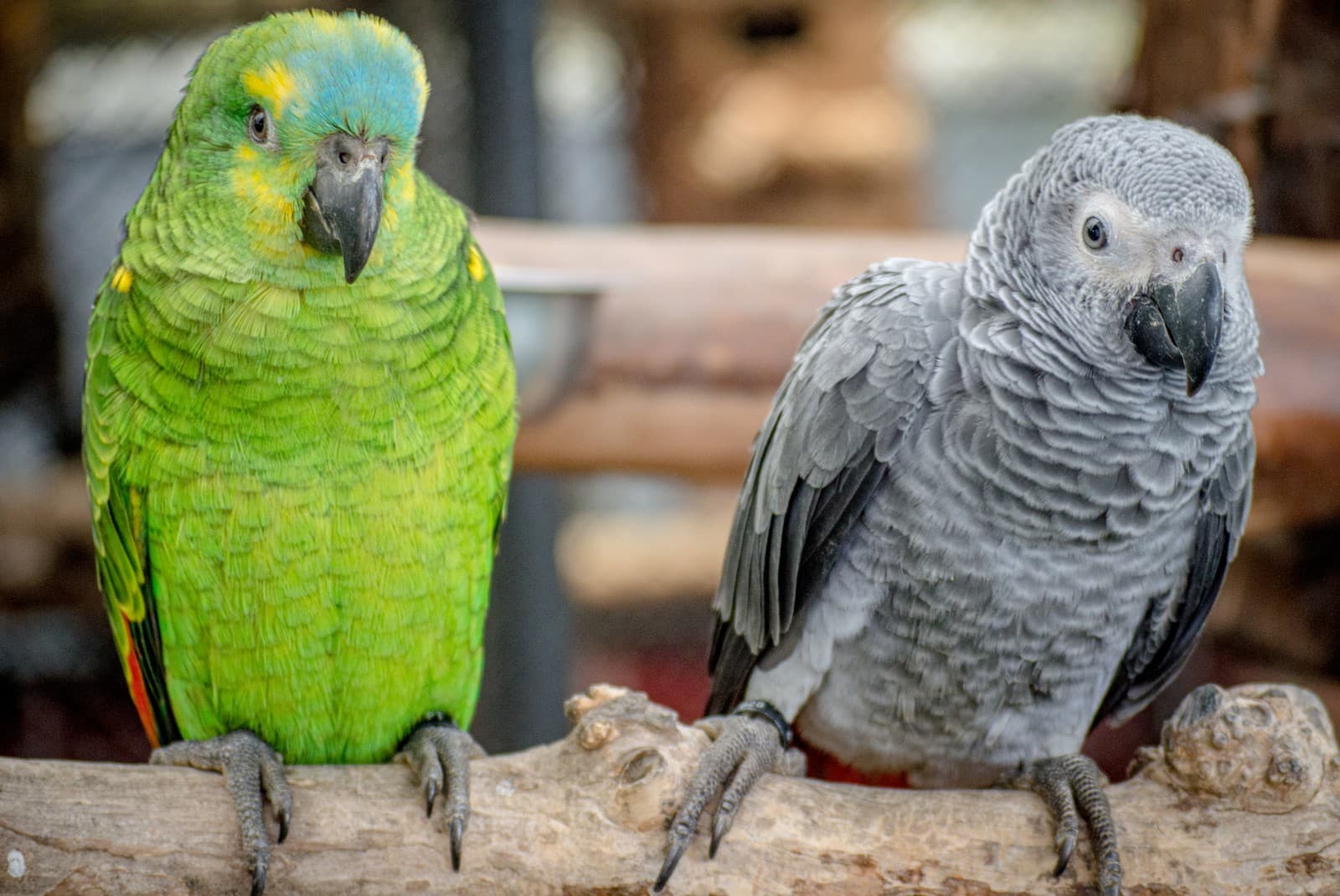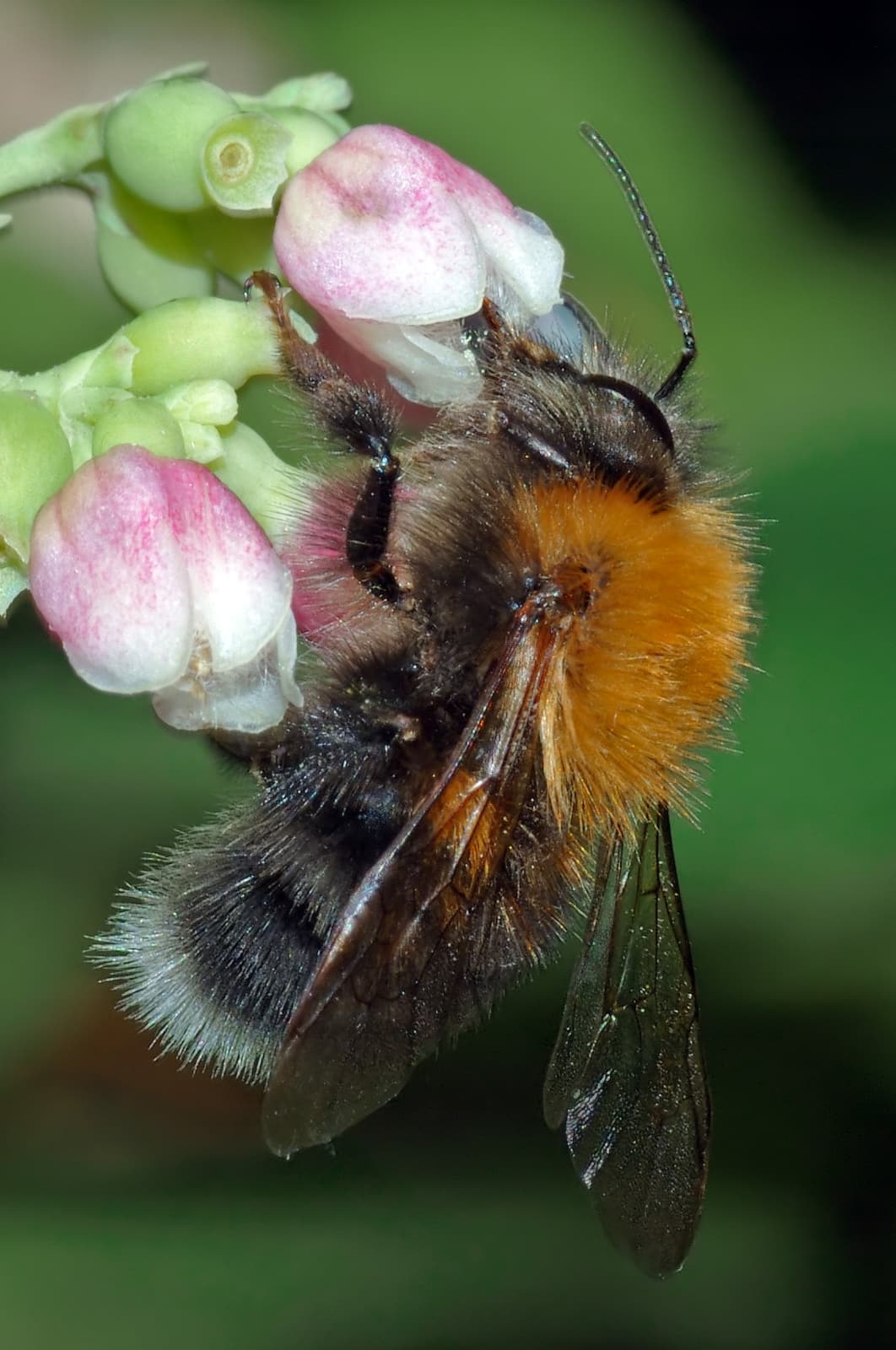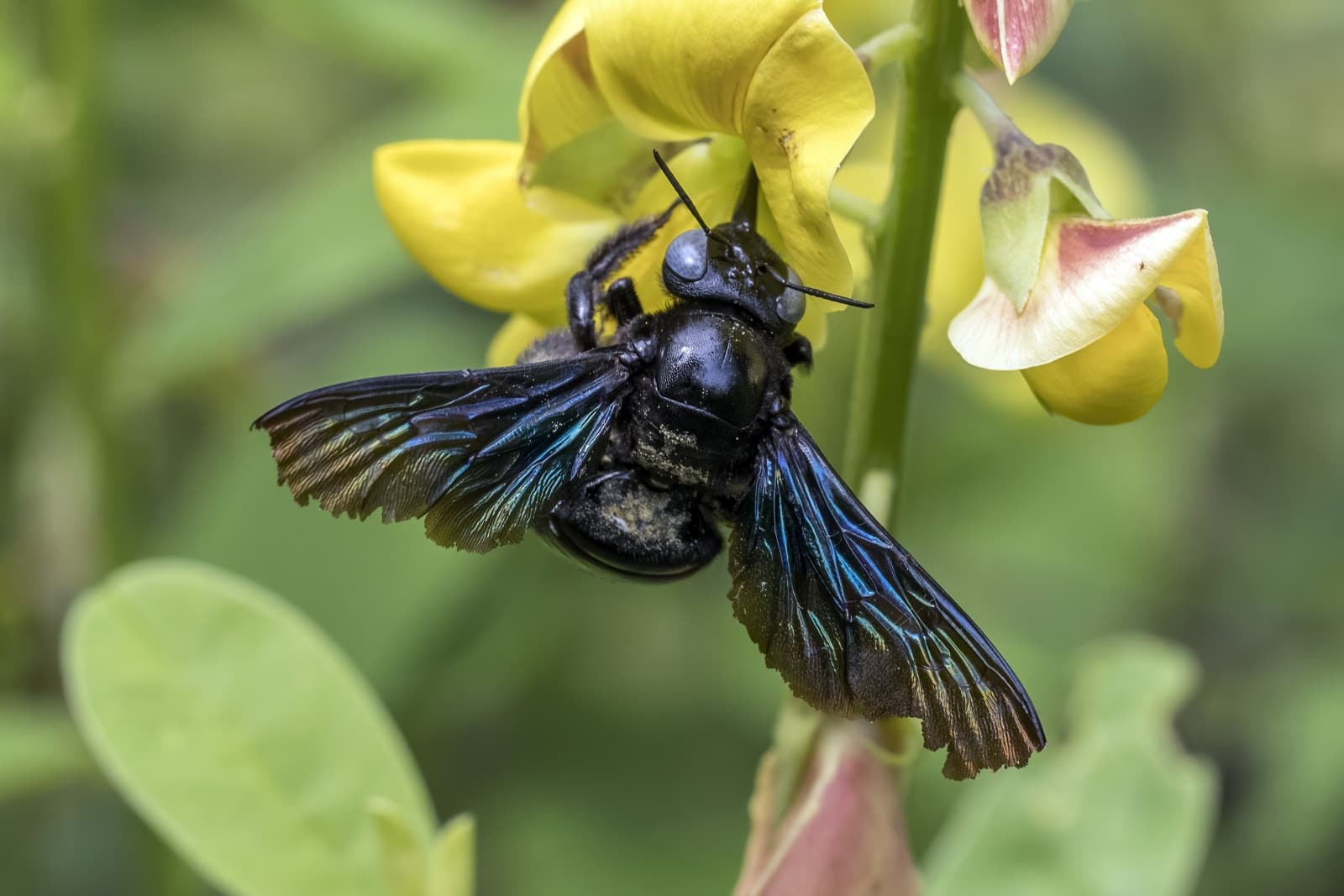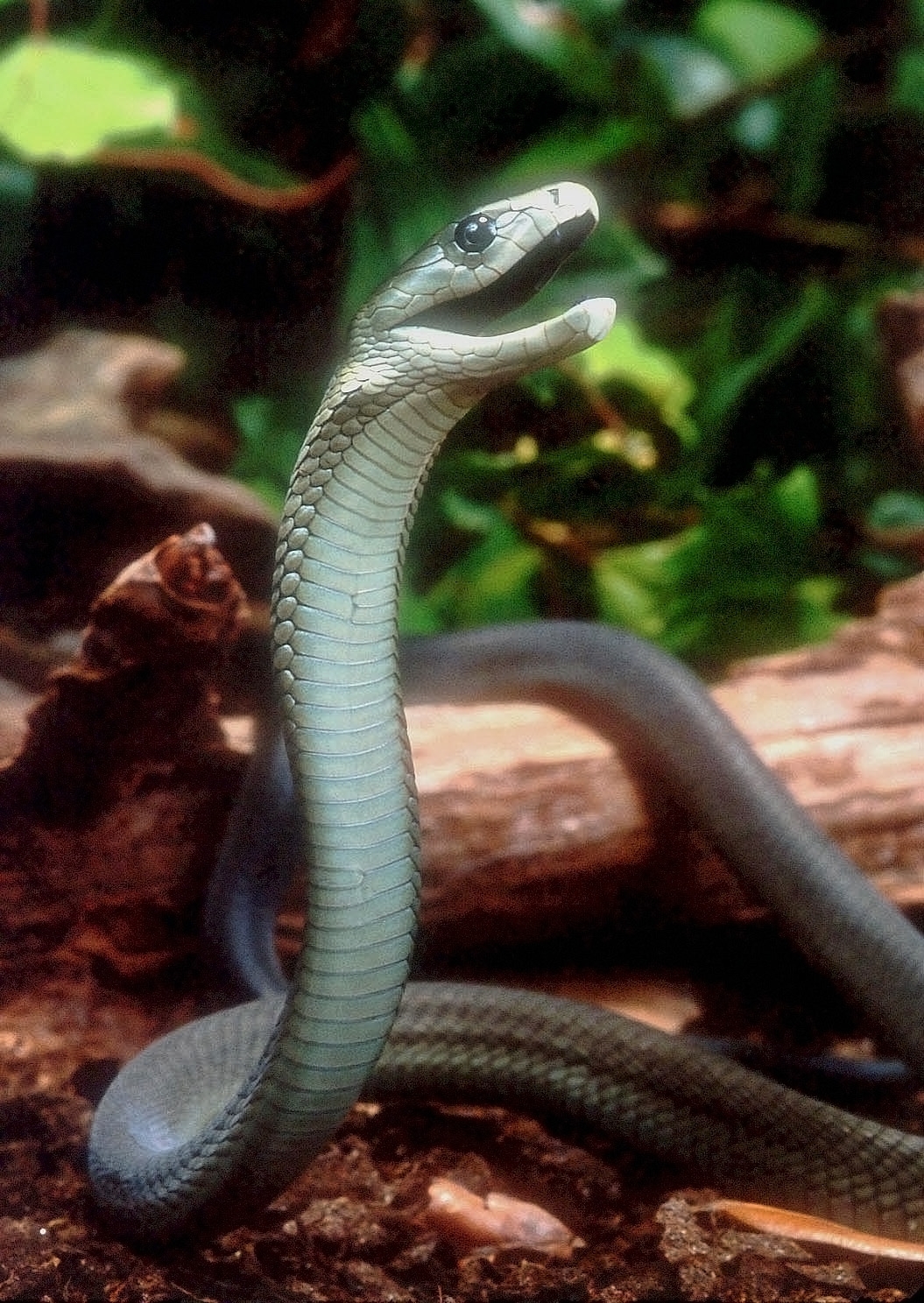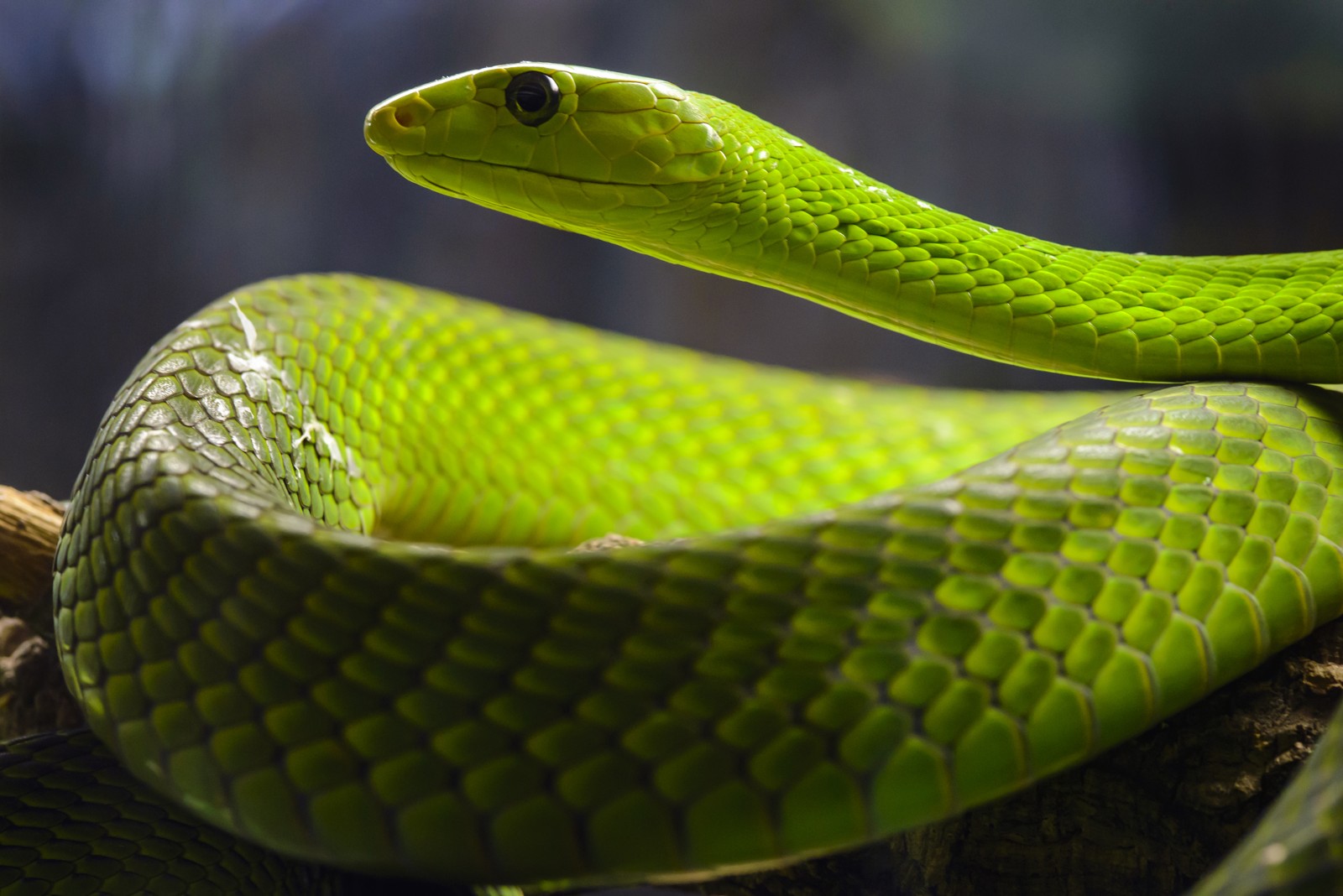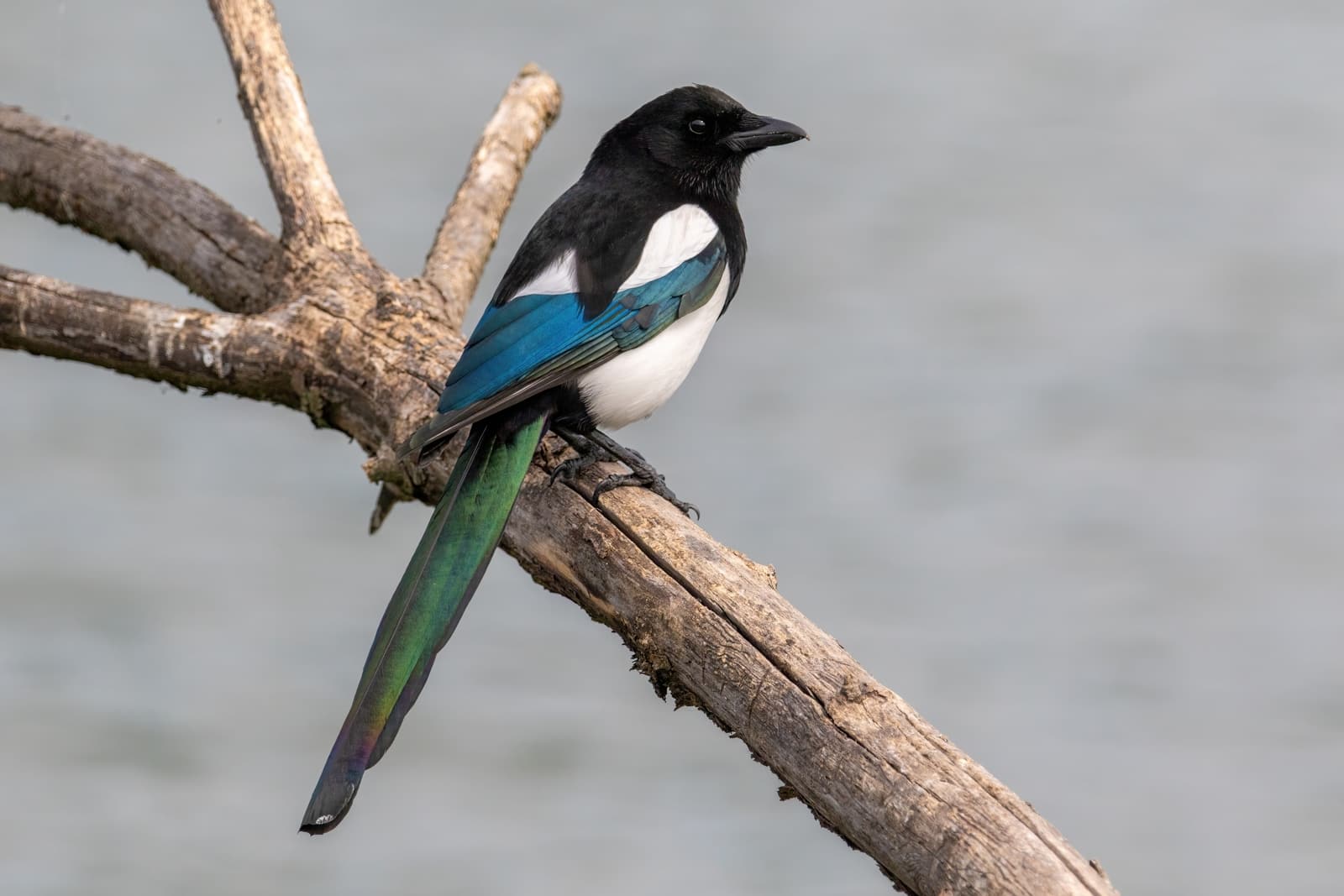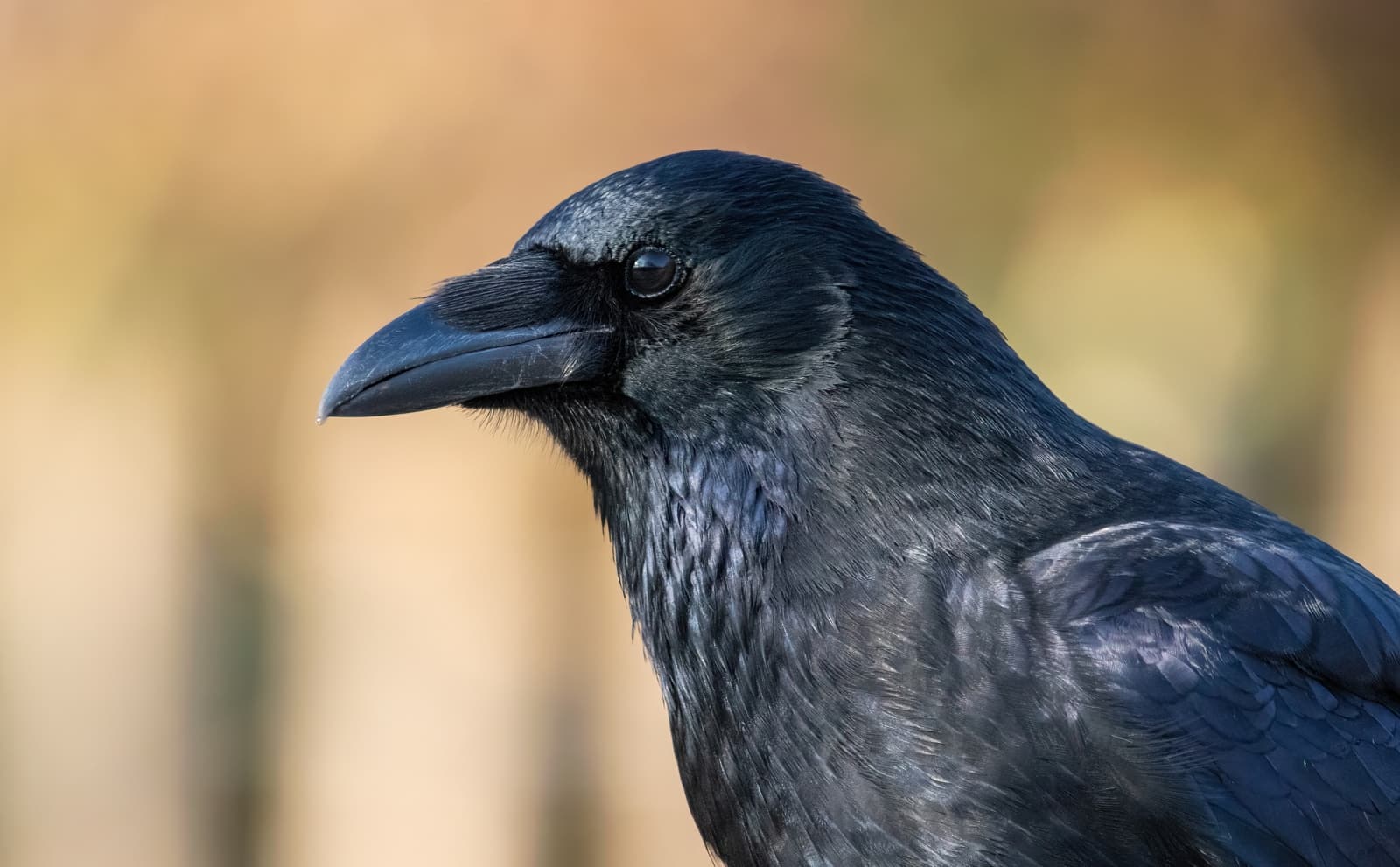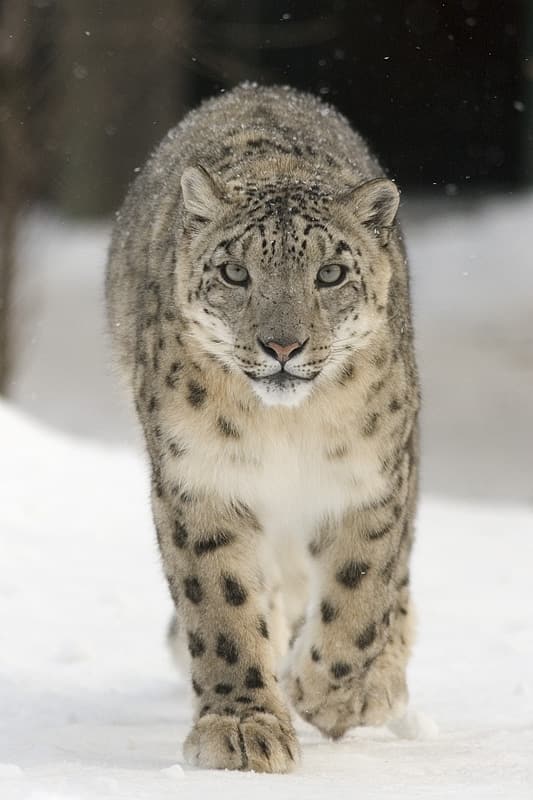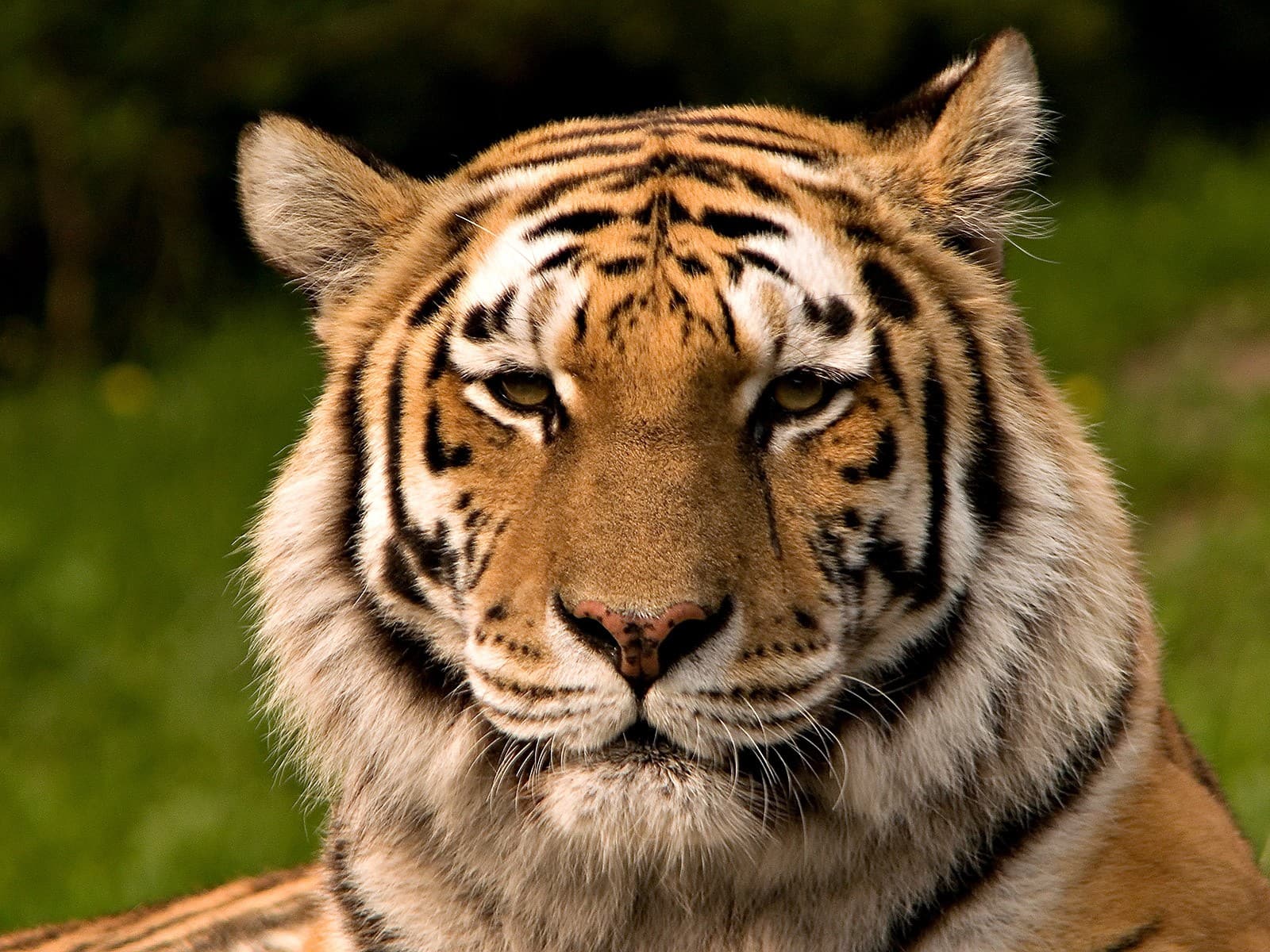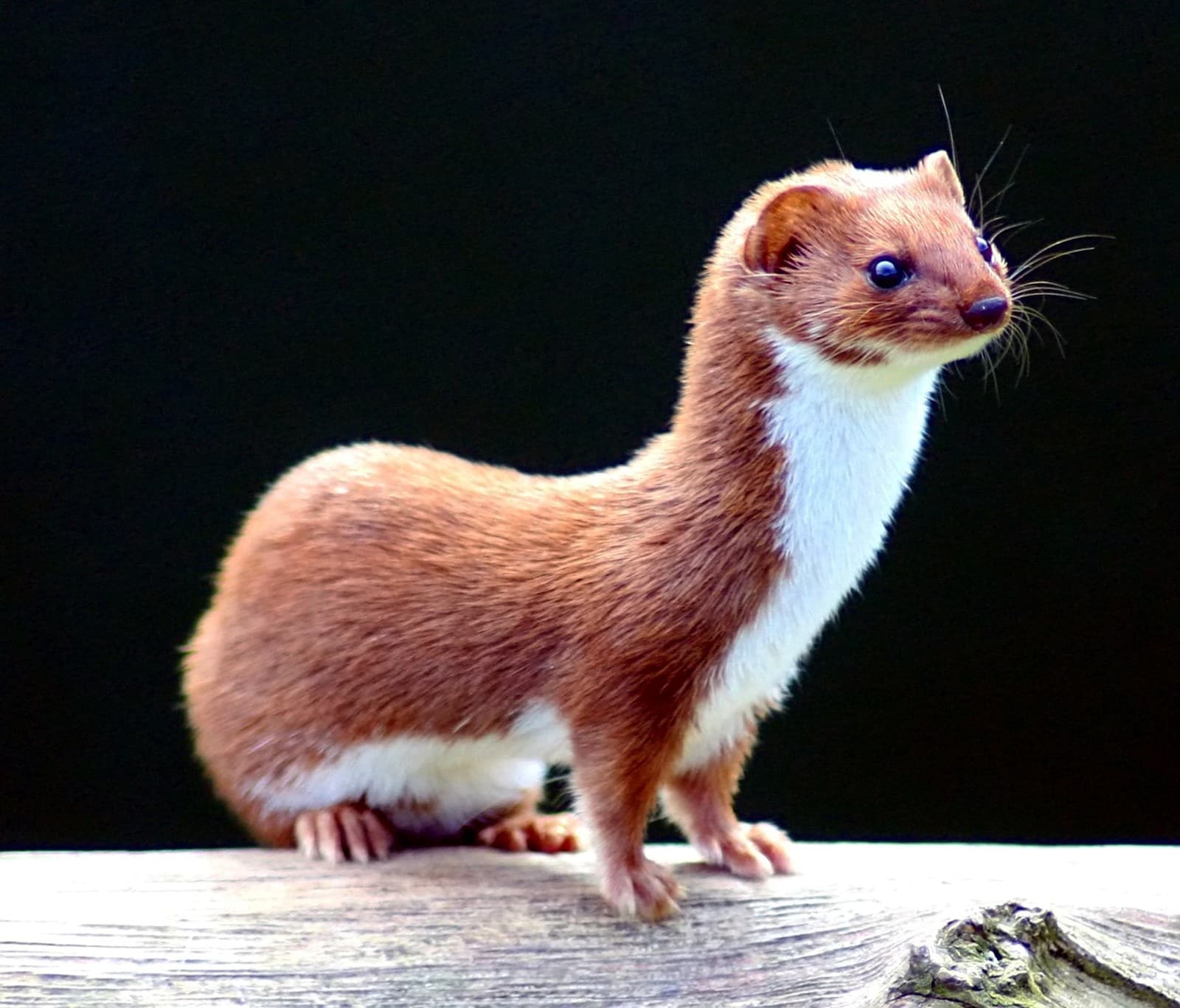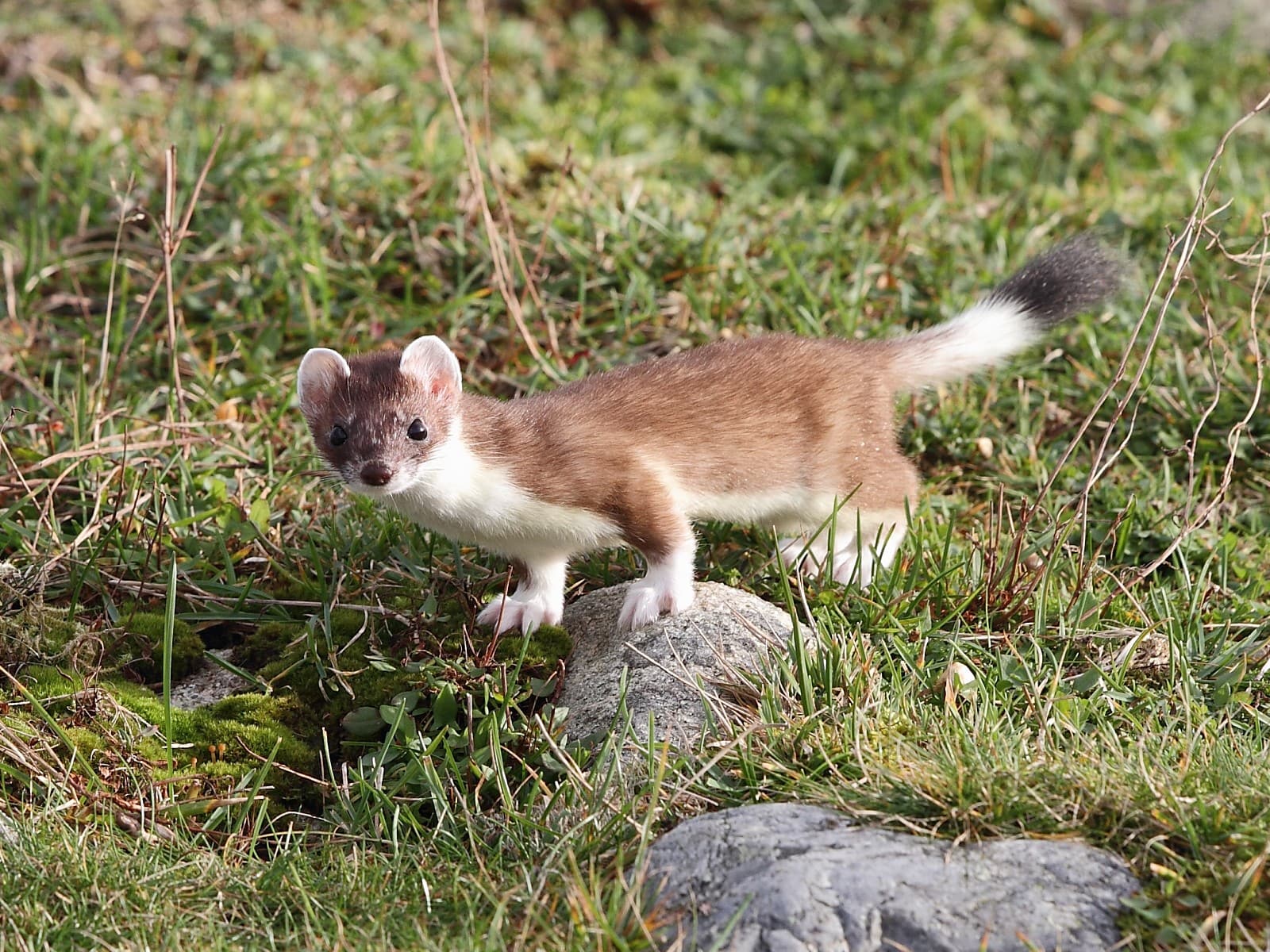Cockatoo vs Parrot: A Complete Comparison
When comparing cockatoos vs parrots, it’s crucial to understand that cockatoos are actually a subfamily of the larger parrot family. While all cockatoos are parrots, they possess several distinctive features that set them apart from other parrot species. The most notable difference is the cockatoo’s prominent movable crest, which can reach heights of 4-6 inches (10-15 cm) when fully extended.
Cockatoos typically range from 12-24 inches (30-60 cm) in length and are predominantly white or black in coloration. In contrast, other parrot species showcase a remarkable variety of vibrant colors and generally lack the distinctive head crest. Most parrots measure between 3.5-40 inches (9-100 cm), with the Hyacinth Macaw being the largest.
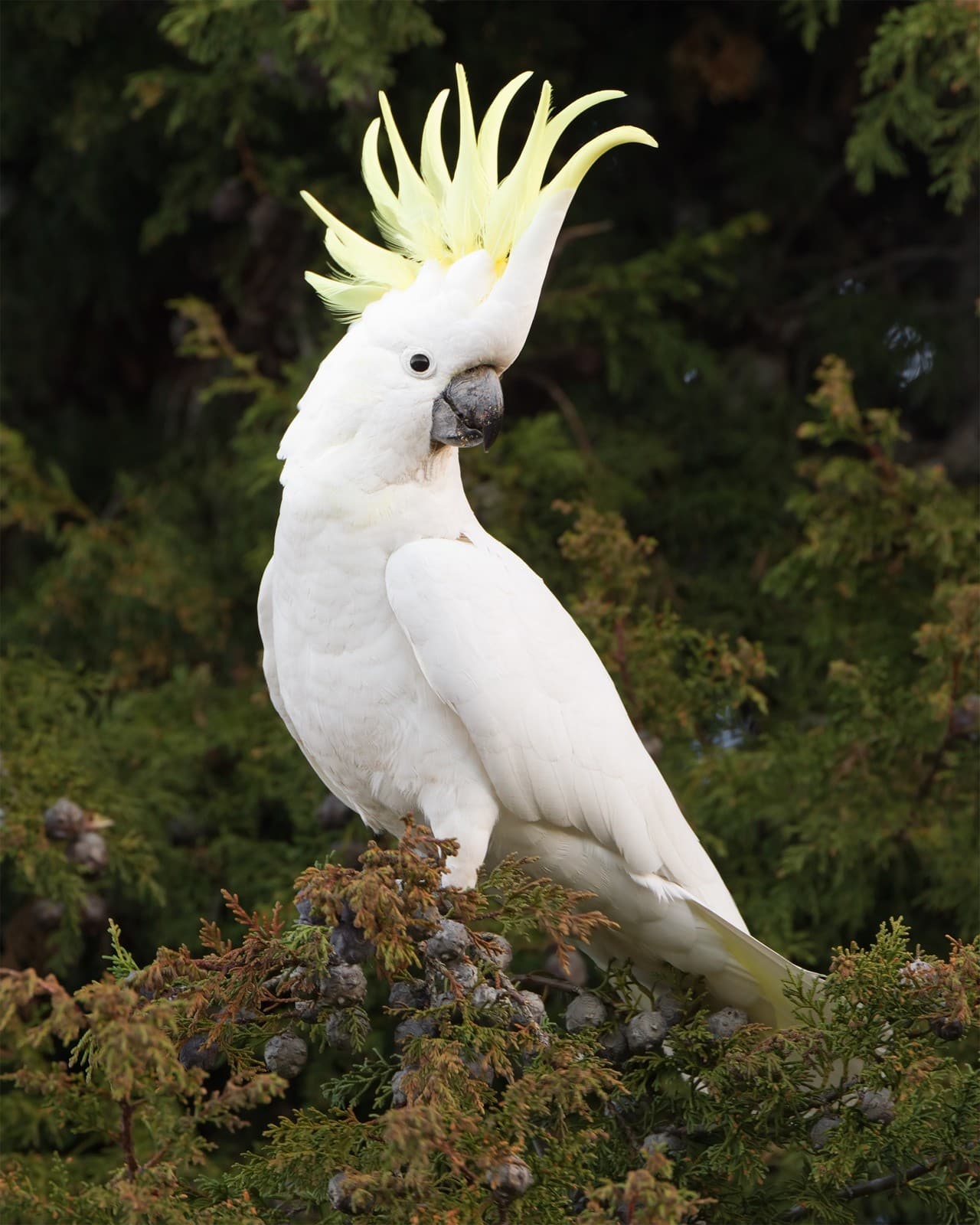
© JJ Harrison (https://www.jjharrison.com.au/) / CC BY-SA 3.0
The Sulfur-crested Cockatoo demonstrates the characteristic erectable crest that distinguishes all cockatoos from other parrot species. This impressive display feature serves both as a communication tool and a way to express emotions.
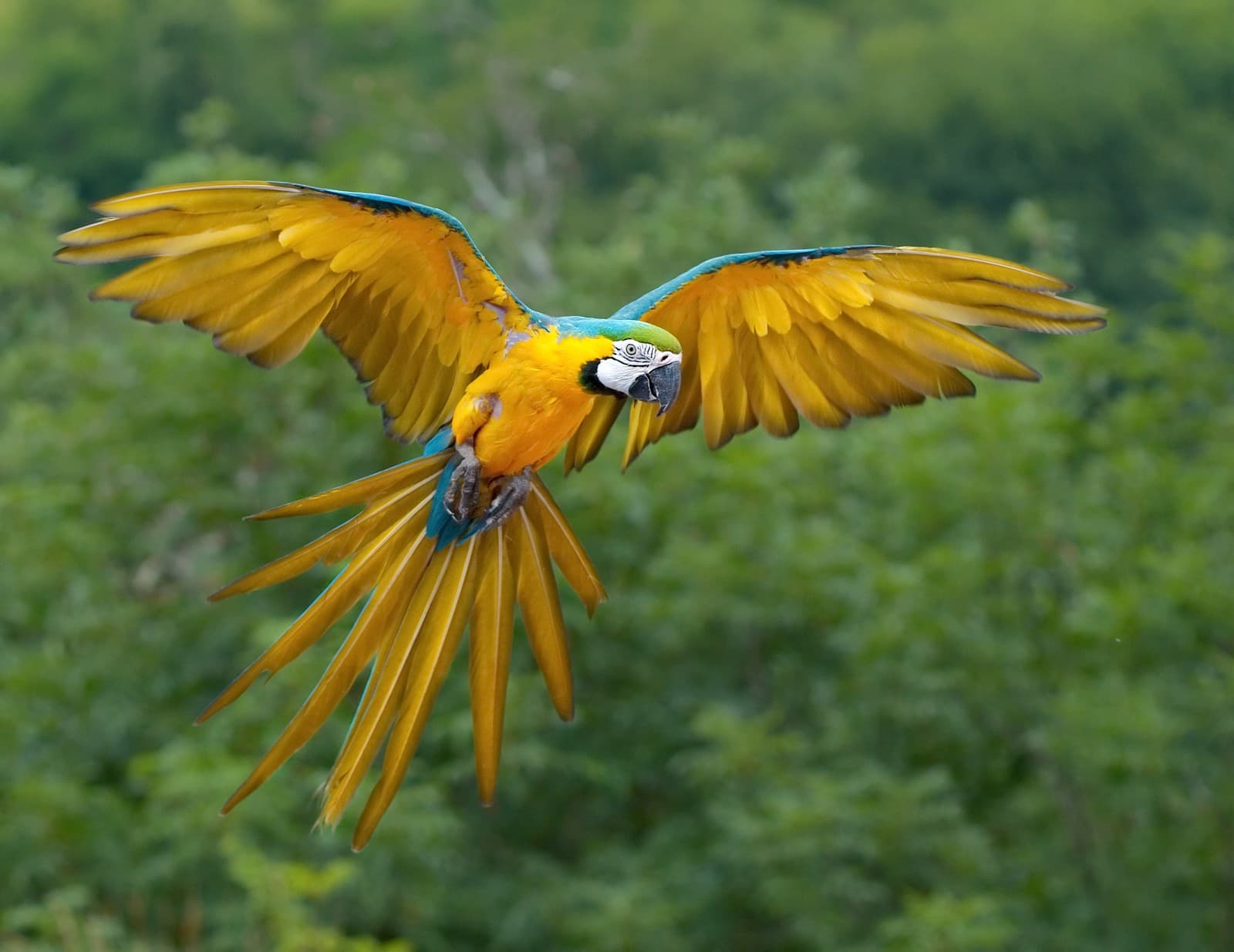
© Luc Viatour / CC BY 2.0
The Blue-and-yellow Macaw exemplifies the brilliant plumage typical of many parrot species, showcasing the vivid colors and longer tail features often absent in cockatoos.
Key Differences Between Cockatoos and Parrots
| Feature | Cockatoo | Parrot |
|---|---|---|
| Crest | Prominent, movable crest | Usually no crest (some exceptions) |
| Size | 12-24 inches (30-60 cm) | 3.5-40 inches (9-100 cm) |
| Coloration | Primarily white or black | Wide range of bright colors |
| Distribution | Mainly Australia and Indonesia | Worldwide tropical regions |
| Lifespan | 40-60 years | 15-50 years (species dependent) |
| Powder Down | Produces significant amounts | Limited or none |
Physical Characteristics
Cockatoos possess several unique physical traits that distinguish them from other parrots. Their most notable feature is the erectile crest, which they can raise or lower to communicate various emotional states. They also produce special powder down feathers that create a fine, dusty coating on their plumage – a characteristic less common in other parrots.
Other parrots typically display more colorful plumage patterns, with some species featuring spectacular combinations of red, blue, green, and yellow. Their beaks tend to be more curved and proportionally larger compared to cockatoos.
Behavioral Differences
Intelligence and Learning
Both cockatoos and other parrots demonstrate remarkable intelligence, but they express it differently. Cockatoos are known for their problem-solving abilities and tool use, while many other parrot species excel at vocal mimicry and language acquisition. African Grey Parrots, for instance, can learn hundreds of words, while cockatoos typically focus on shorter phrases but show more complex physical manipulation skills.
Social Structure
Cockatoos form extremely strong pair bonds and can become intensely attached to their human caregivers. They require more consistent attention and social interaction compared to many other parrot species. Other parrots, while also social, often maintain more independent personalities and can better tolerate being alone for shorter periods.
Habitat and Distribution
Cockatoos are primarily found in Australia, Indonesia, and nearby islands, preferring woodland areas and forest edges. Other parrot species have a much wider natural distribution, occurring throughout tropical and subtropical regions worldwide, from rainforests to grasslands and even alpine areas in some cases.
Care Requirements
Diet
- Cockatoos: Higher fat content diet, including various nuts and seeds
- Other Parrots: More varied diet, typically lower in fat, with species-specific requirements
Exercise
- Cockatoos: Need 3-4 hours outside cage daily
- Other Parrots: Requirements vary by species, generally 2-3 hours
Space Requirements
- Cockatoos: Minimum cage size 36”x24”x48” (91x61x122 cm)
- Other Parrots: Varies greatly by species size
Which Makes a Better Pet?
The choice between a cockatoo and another parrot species depends largely on individual circumstances. Cockatoos require more intensive social interaction and can be more demanding emotionally. They’re best suited for experienced bird owners who can dedicate significant time to their care. Other parrot species often offer more flexibility in care requirements and may be more appropriate for first-time bird owners.
Conservation Status
Many species of both cockatoos and other parrots face significant threats in the wild. Habitat loss and illegal wildlife trade affect both groups, with several species listed as endangered. The Yellow-crested Cockatoo and Spix’s Macaw represent some of the most critically endangered species in their respective groups.
